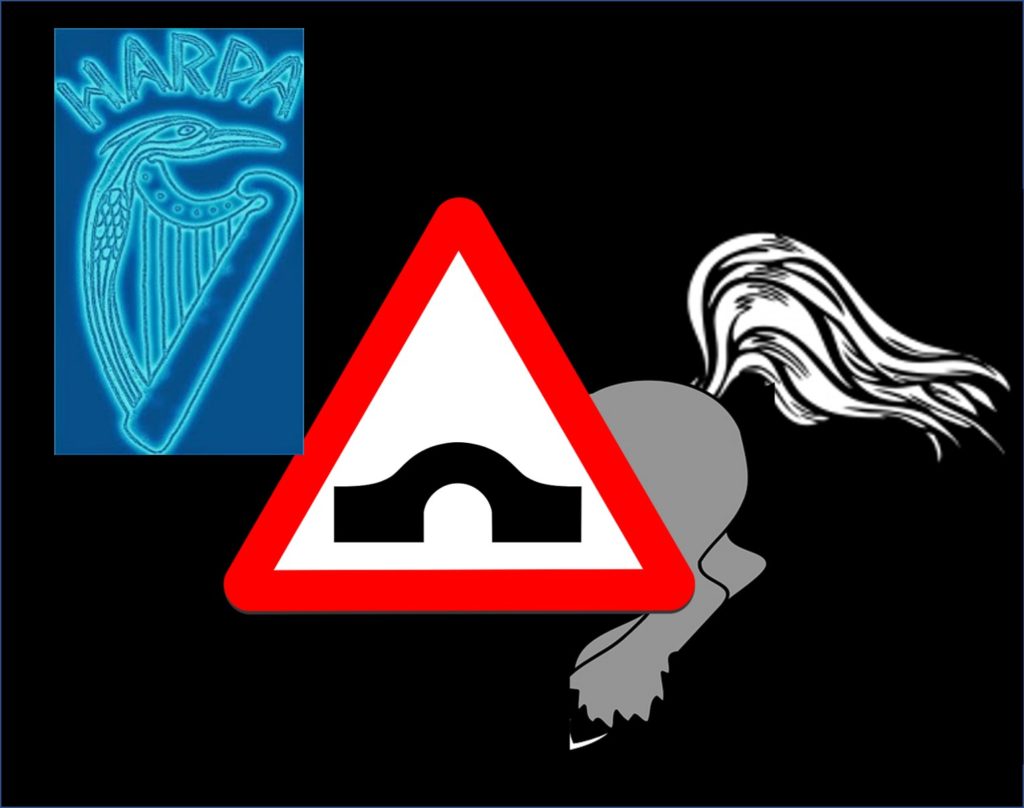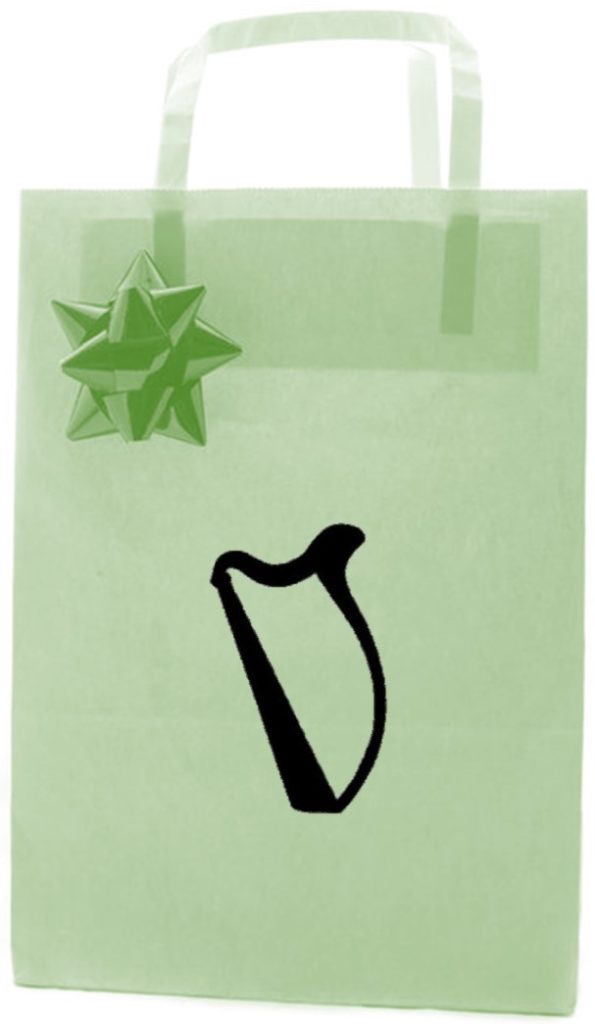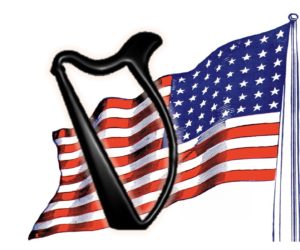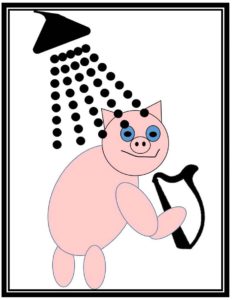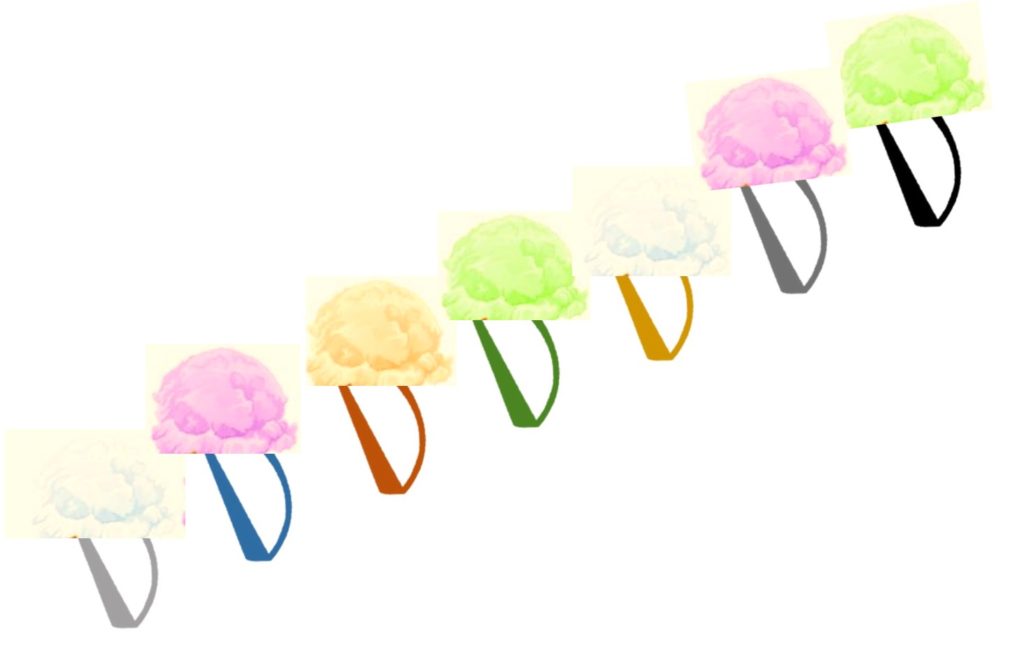We are all busy. We are often busy telling other people that we’re too busy. We may have created a cult of business.
Of course we have plenty to do – work work, fun work, home work, house work, charitable work, good works. Oh, and practice! They all take up our time.
So that sometimes we have time for nothing more.
We don’t even have time to think.
You know what I mean – we have time to think, “Did I pull out something for dinner?” but we rarely have time to thing, “Am I on my best journey to a fulfilling life?”.
And that’s a shame. A lot of our creativity is buried in those questions. Of course, a lot of our humanity is buried in the time to think about those (and other) questions.
But having time is really an issue of priority and organization. And working with you. You have to add things like this into your life in ways that will actually work for you – not the way Marie or Brene or anyone else tells you to!
How do you get that thinking time in? You most likely will have to schedule it. Here are a couple of scheduling suggestions:
- Take a slightly longer shower. Don’t you find your best ideas come while in the shower? Buy a grease pencil so you can write them down on the tiles (and you can wash them off later!).
- There’s an app for that. Download a voice recorder app for your phone. Then you can talk to yourself – and actually remember what you said!
- Turn off the radio. If you spend a lot of time in your car, you probably have the radio on – either to hear music you like or to hear unending talking heads expelling pointless (or pointed, depending on your thinking) drivel. Turn it off and use the quiet to think. And if you have some good thoughts – you can record them on the handy-dandy voice recorder you’ve downloaded to your phone!
- Turn off the television – need I say more?
- Go for a walk. Not only will you get some fresh air, sunlight and exercise, you will have a little time to clear your head and to think.
- Get up fifteen minutes early. I know, you already don’t get enough sleep. But this will allow you to drink your coffee and have a little time to reflect.
Simply deciding to make time to think will make it easier. Do it for you.


